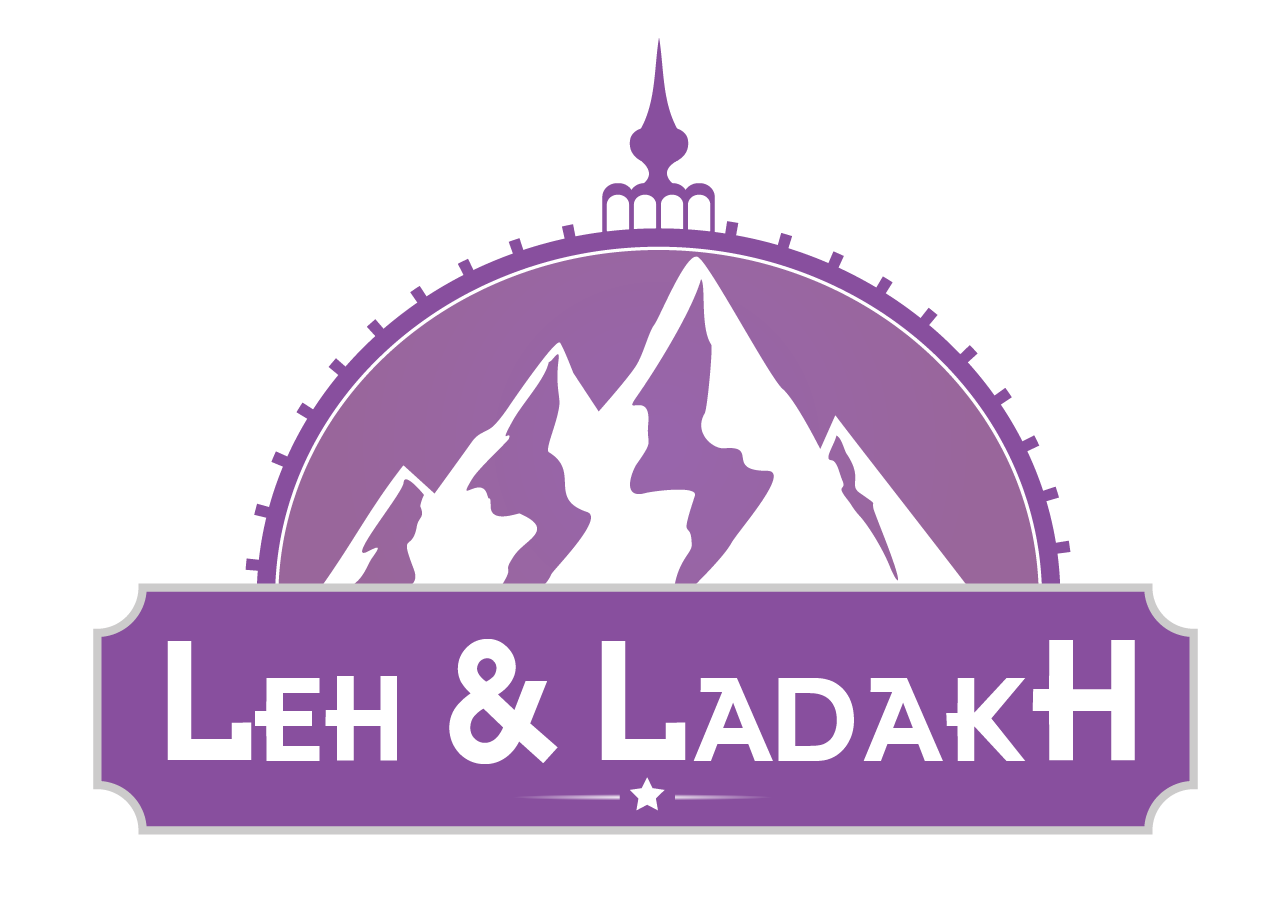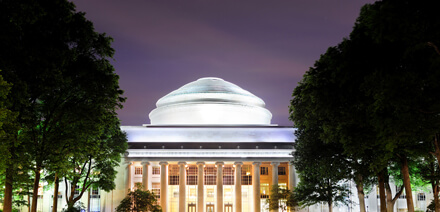US East Coast University Exposure
Explore a number of top American colleges to understand why US is the most sought after higher education destination in the world.
Ladakh (or ‘the land of mountain passes’) is situated remotely from India’s mainland and characterised by razor-sharp ridges and peaks. Essentially a high-altitude desert, Ladakh is also known to be a chief centre of Mahayana Buddhism. Also called ‘Little Tibet’ and ‘The Last Shangri-La’, Ladakh gives students useful exposure to varied geographical formations due to its rugged terrain. Nestled between the Himalayan and Karakoram Ranges, Ladakh offers its visitors a glimpse into Buddhist monasteries — some of those gompas are built on rocky hilltops and steep cliffs. In addition to this, one can get a bird’s eye view of how tourism and climate change can affect any region’s ecology and environment.

A journey to Ladakh offers a fascinating experience as the visitors not only get mesmerised by its spectacular landscape but also helps them appreciate the jovial nature of its local inhabitants. Through visiting Nubra Valley and Khardung La, students get a chance to understand the geographical contouring of this cold desert. In addition to this, Buddhist monasteries such as Alchi and Likir lets one catch a glimpse of life inside monastic orders. The picturesque Sangam, or the confluence of two mighty rivers, namely Zanskar and Indus, is an iconic location that fills its visitors with awe. Not only will students gain an in-depth understanding of Himalayan ecology and environment, but they will also appreciate the distinctive attributes of Ladakhi culture.





Any student of your school in the age group of 7-17years (Class II- XII) is welcome to join this program provided the child faces no serious medical conditions which may be difficult to address satisfactorily during the journey. Also, any adult who is not a member of the school staff or management is not allowed to join the school group.
As teachers are the legally appointed guardians of the students for the entire course of the journey, it is advisable that the selected teacher/s are experienced and have the capacity to address issues related to student safety, well-being and behavior. Physical fitness and travel experience are added advantage as most programs are fast-paced and hectic.
The accepted industry practice is of 1 adult per 10 students (1:10).
Underpinning each EdTerra journey is the concern to address student safety at all levels. Being an ISO 9001: 2008 company, EdTerra complies with globally accepted standards for efficient processes, including rigorous safety standards.
The accompanying EdTerra Journey Mentor provides daily updates on the EdTerra Facebook page (like us at edterraindia), along with photographs of the day’s activities for parents to keep a track of the journey progress. Parents are also provided with contact details of the hotels where students will be staying during the journey. The school may permit students to carry their mobiles or share the number of the lead teacher.
On account of student safety, EdTerra does not allow any child to meet/visit any relatives during the journey. For every EdTerra journey the rule is simple, you move out of your school/city as a group and you return as a group.
EdTerra provides wholesome and hygienic food during the journey. An ample variety of local cuisine is provided as a part of the travel experience.
Depending on the location and time/season of travel, EdTerra will provide an exhaustive to-pack list, enabling students to pack appropriately for the journey.
Depending upon the program selected, distance from home city and duration of the program, overnight travel may be considered as an option for travel to/ from the destination.
EdTerra journeys operate on a minimum group size of 30 paying pax, and multiples thereof.
"EdTerra is an education company. The entire US Edventure was a testimony to their commitment... Such an inspirational journey!"
Brother L.D. Lobo
Principal, St. Columbas' School

Explore a number of top American colleges to understand why US is the most sought after higher education destination in the world.

Understand how the white mausoleum is not just a worldwide icon of love but how it also symbolizes mankind’s unstinting pursuit for excellence.

Understand the philosophy of Buddhism and learn about Tibetan art, craft and architecture.